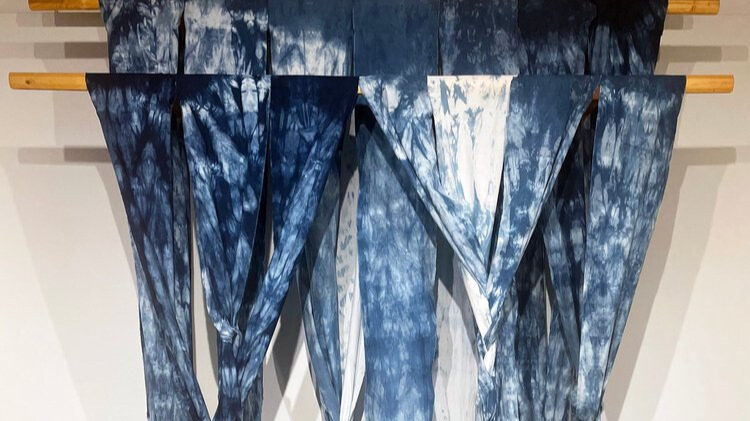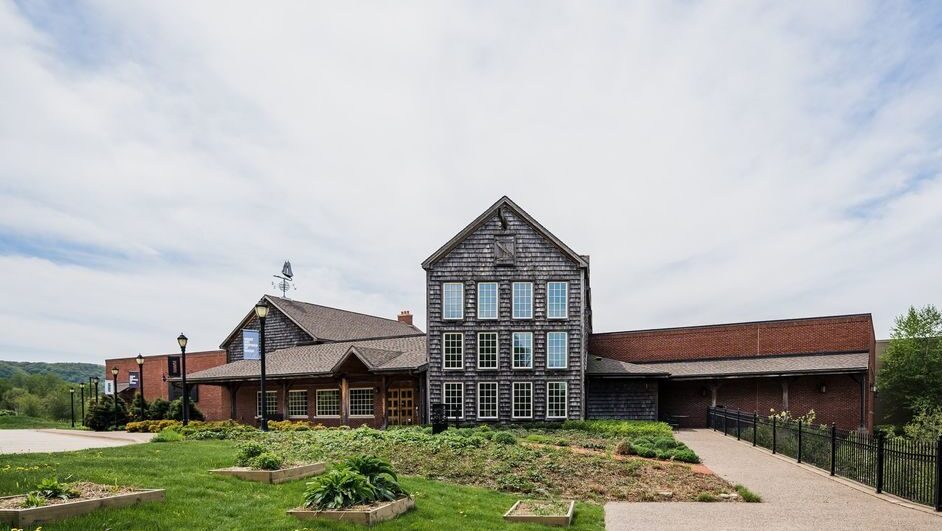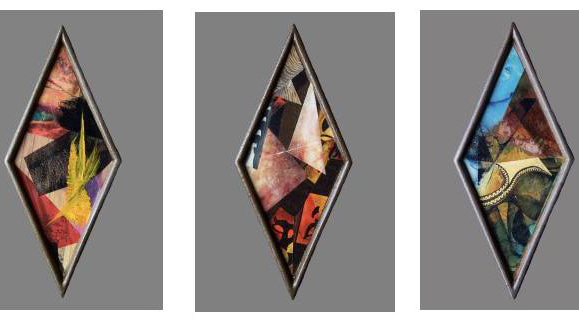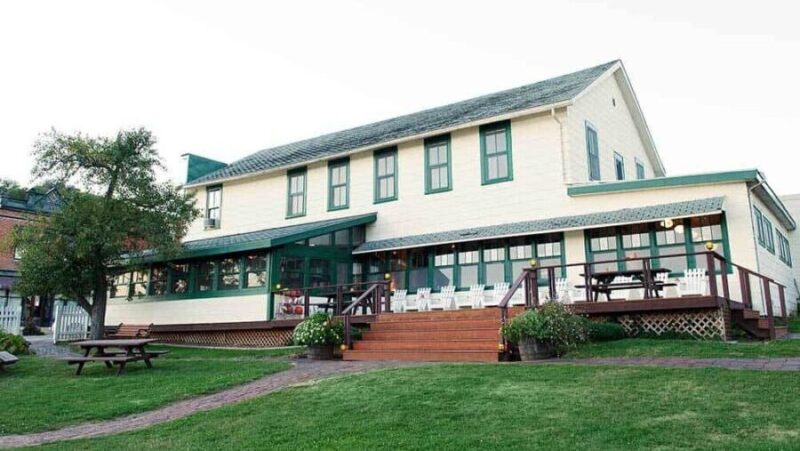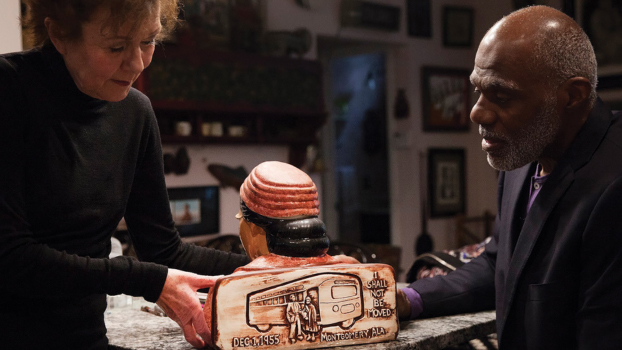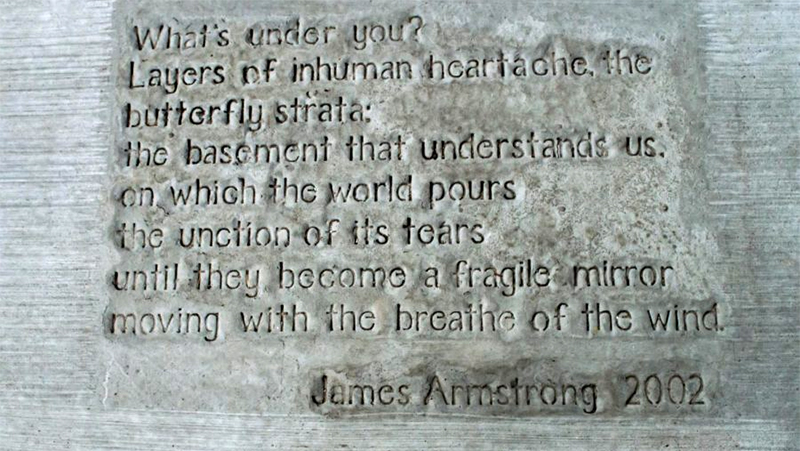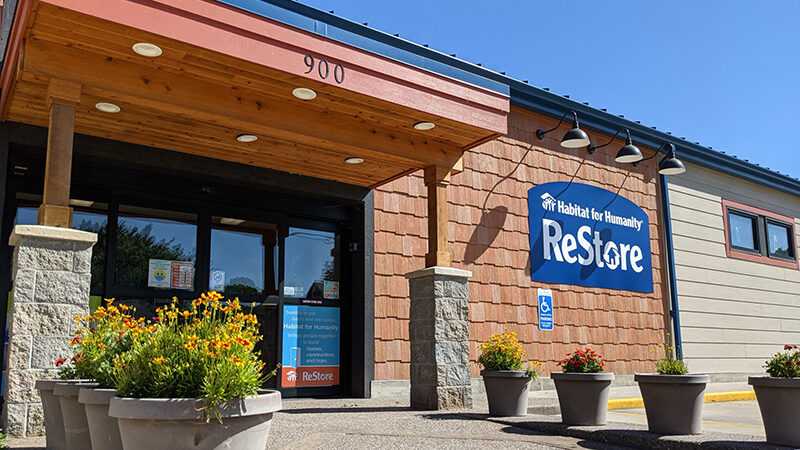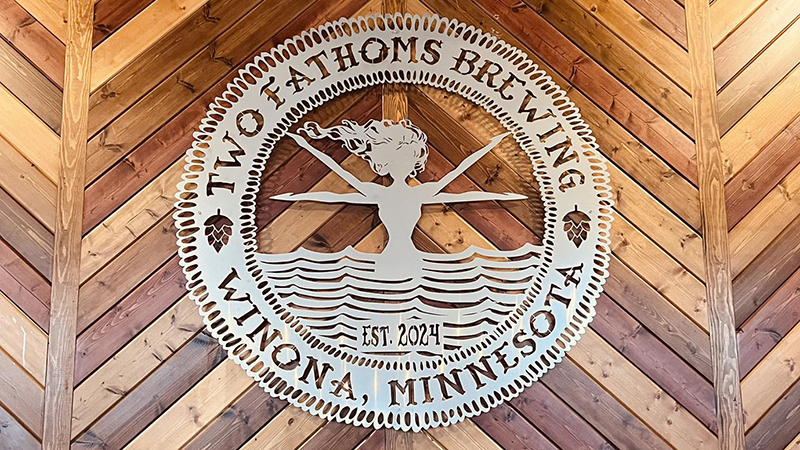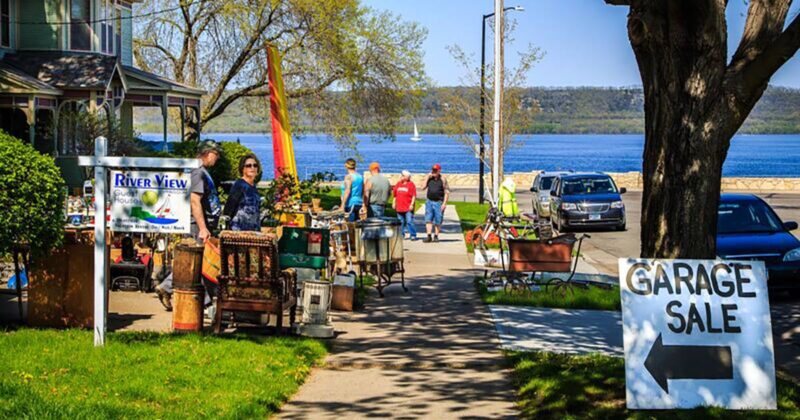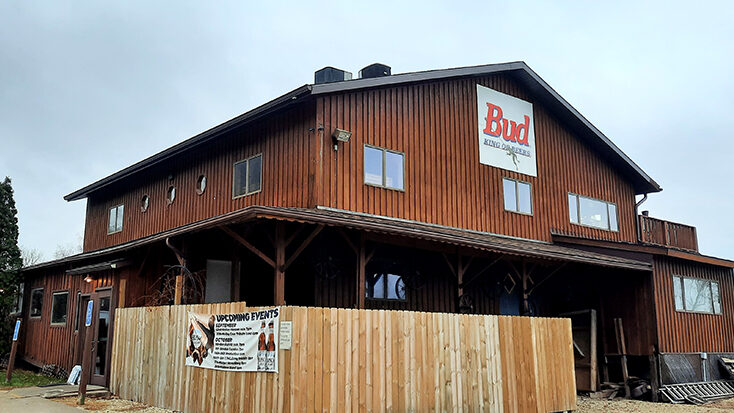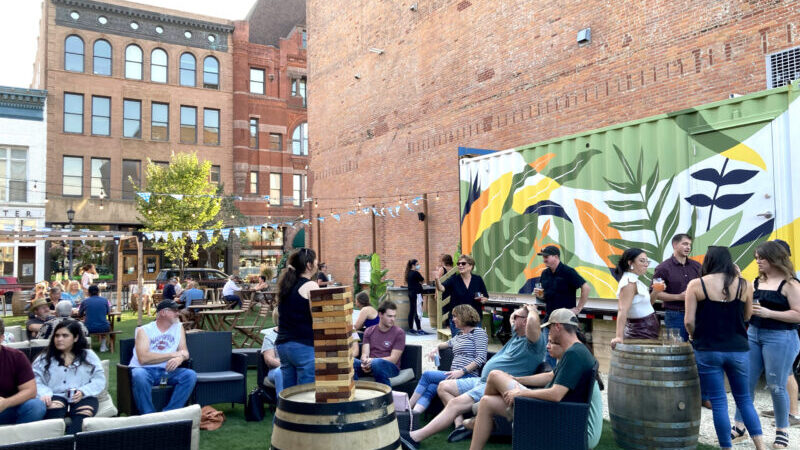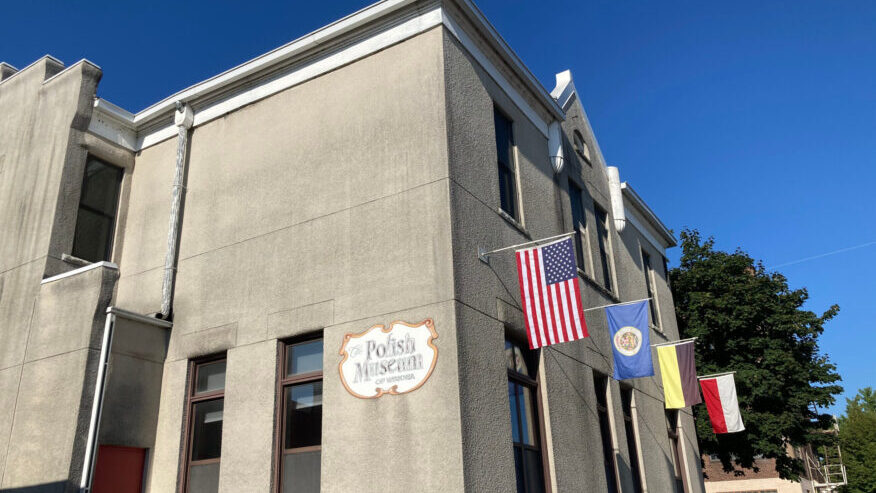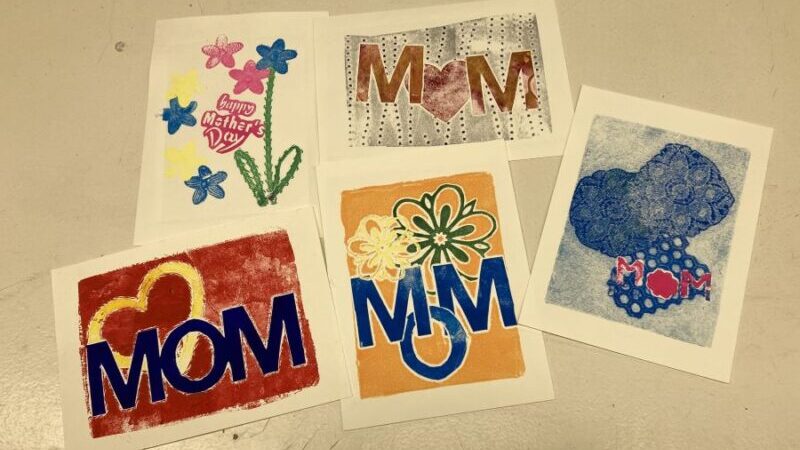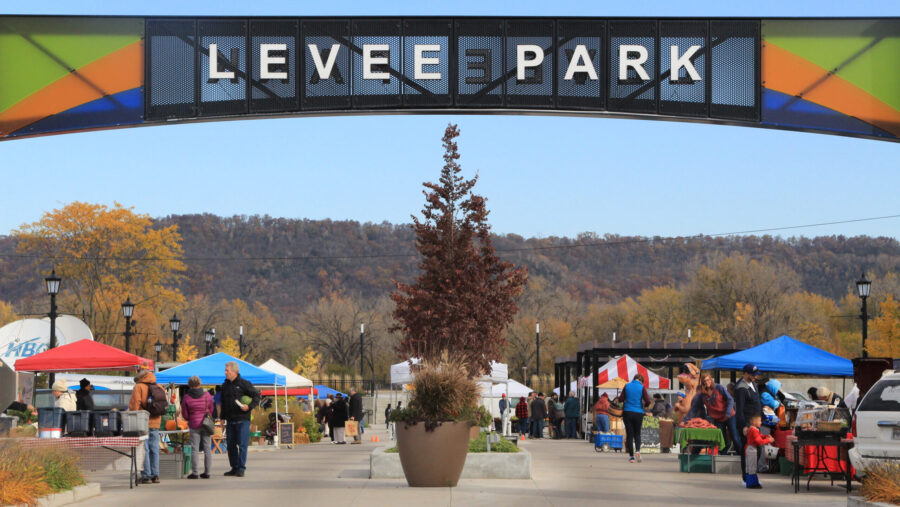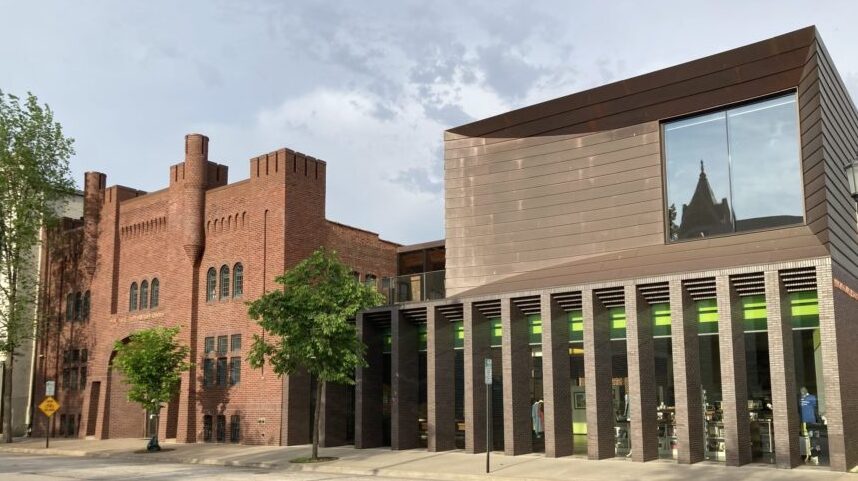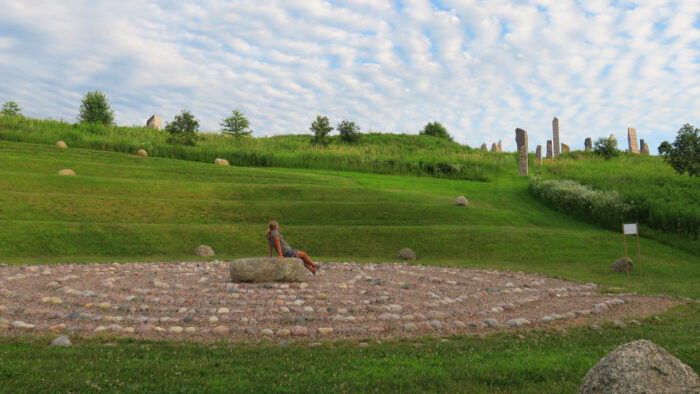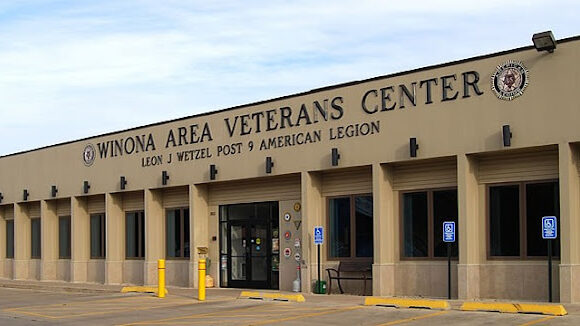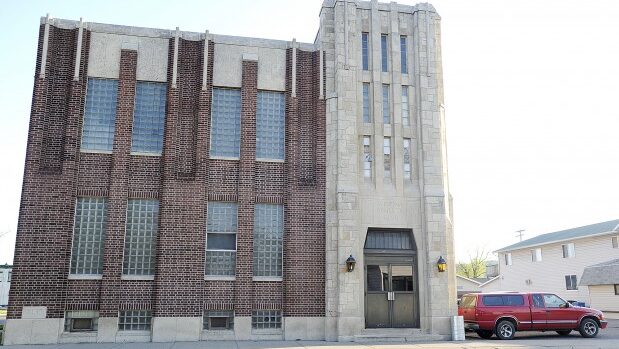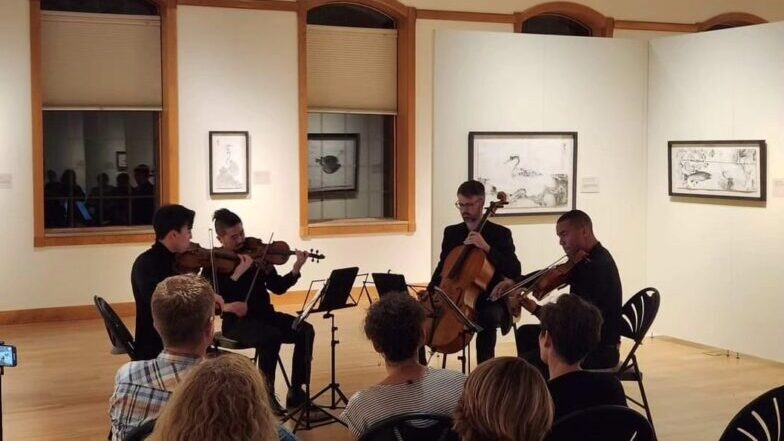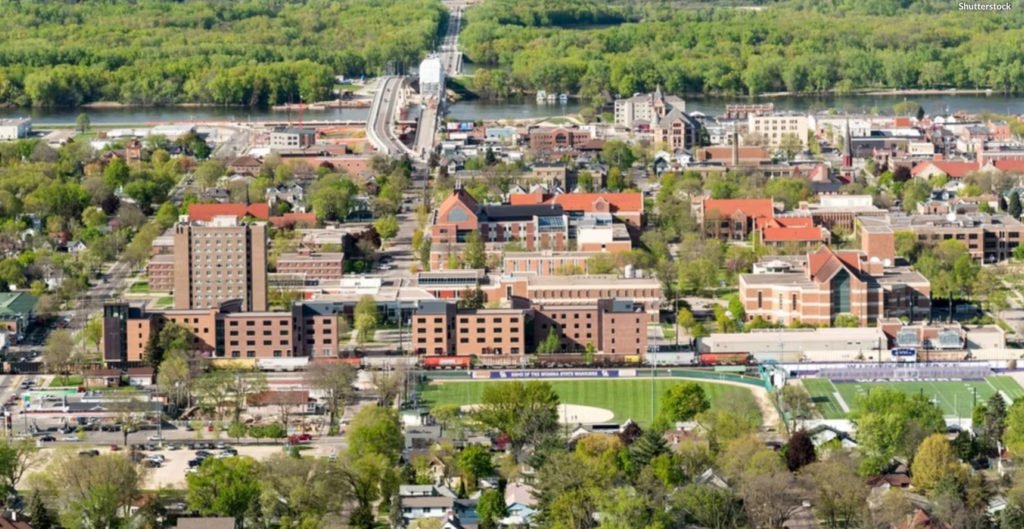Minnesota, named after a Sioux word meaning “sky-tinted water,” holds a rich history that dates back to the Woodland Period in the 11th Century BCE when people admired the reflection of the sky in the Minnesota River. The legend of Paul Bunyan, carving the state’s “one thousand lakes,” captivated the imagination of both Minnesotans and Northern North Americans after European settlement.
Winona, our beautiful river city boasts three major historic districts, contributing to the state’s allure. Our town’s residents fulfill their shopping needs in the downtown area, which includes the East Second Street and Third Street Commercial Historic Districts. Noteworthy is the Winona National Bank, where visitors can witness the sun’s rays illuminating the iconic Tiffany stained glass, creating a picturesque scene. For a comprehensive exploration of Winona’s historic treasures, you can pour through our website.
Winona holds a unique distinction as the original home of the Hal Leonard Corporation, which commenced publishing sheet music in 1947. Likely our city’s most distinctive landmark, Sugarloaf Bluff, has been on the National Register of Historic Places since 1990, representing a revered landmark with a history dating back even further. The Dakota people referred to it as the cap of their esteemed Chief Wabasha.
Visitors to Winona can immerse themselves in the charm of our historic districts, explore our city’s musical legacy with the Hal Leonard Corporation, and marvel at the iconic Sugarloaf Bluff, which stands as a testament to both natural beauty and cultural significance. Our city’s rich history and cultural landmarks make it a compelling destination for those seeking to experience the legends and wonders of Minnesota.
Original post on WorldAtlas
